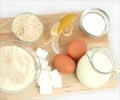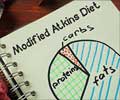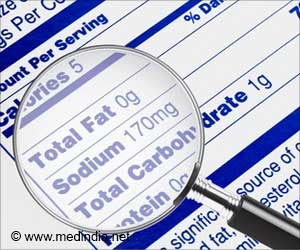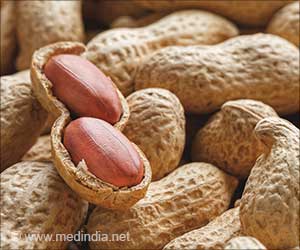People who eat low energy dense breakfast have improved diet quality, and may have a better ability to maintain a healthy weight.
People who eat low energy dense breakfast have improved diet quality, and may have a better ability to maintain a healthy weight.
The study, published in the November 2008 issue of the American Journal of Clinical Nutrition, found that those who enjoy a less energy dense morning meal have diets that are richer in important vitamins and minerals and lower in saturated fat and cholesterol compared to those who consume a more energy dense meal.The study explored whether or not the energy density - the number of calories in relation to the grams of foods and beverages - consumed at breakfast predicted energy density and diet quality for the rest of the day, as well as weight among 12,000 US women and men (as assessed by BMI - body mass index).
"Our new findings carry several important implications concerning breakfast and overall health," says study co-author, cardiologist Dr. James Rippe of the Rippe Lifestyle Institute.
"Our study confirms the findings of many previous studies that eating breakfast helps maintain a healthy weight and provides multiple health benefits. However, what's unique is that we found lower energy density breakfast foods and beverages high in nutrients, such as whole grain oatmeal and 100 percent orange juice, appear to predict better food choices for the rest of the day and may help with better management of body weight," the expert added.
The energy density concept provides new insights into better understanding weight management strategies. Recent studies have reported that individuals with lower energy density diets gain less weight as they age.
Generally, foods with the lowest energy density include fruits, vegetables, soups and whole grains that soak up water, such as oatmeal or rice. Fats and oils, fried foods, desserts, crackers and pretzels are highest in energy density. The more calories per gram of food, equals greater energy density. For example, a breakfast pastry would have more calories per gram (more energy dense) than a bowl of oatmeal and glass of 100 percent orange juice.
Advertisement
The study examined the breakfast choices and dietary patterns of a nationally representative sample of 12,000 adults using the most recent National Health and Nutrition Evaluation Survey (NHANES) datasets from 1999-2004 for analyses. Researchers calculated and compared the energy density values for all reported breakfasts and total 24-hour diets among both breakfast eaters and non-eaters.
SRM














